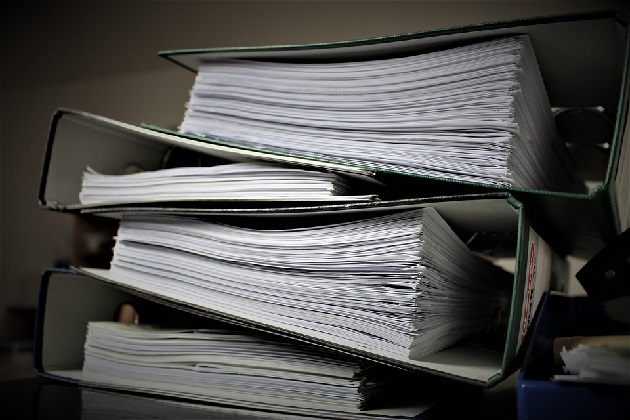“Prepare and prevent, don’t repair and repent.” – Author Unknown
Most safeguards can be easily observed. They might be the mechanical guards that prevent one’s fingers getting ripped off by moving parts, the fences that keep unauthorized people out of a hazardous area, or the alarms that blare through the plant when the reactor reaches a dangerous level. Behind all of these are another layer of protection, one that cannot be seen but the modern world loves to credit, administrative controls.
Administration as IPLs
Administrative controls are the policies, procedures, and practices in place to reduce the likelihood of a hazardous event. They typically do this by relying on human action, either having the worker regularly do something to prevent the hazard or prohibiting actions that would lead to a dangerous situation. Consider, for example, a checklist that confirms that each step of a maintenance task was carried out, or a housekeeping procedure to limit the accumulation of combustible dust.
Management loves to believe that policies and procedures will hold the line against hazards in the workplace, but many workers see them only as red tape that slows them down and prevents them from doing their jobs efficiently. Administrative controls can be credited as independent layers of protection (IPLs), but to do so they must be effective, independent, and auditable.
Effective, Independent, and Auditable
To take credit for an administrative control, it must be a proactive measure, not something done in response to a hazardous situation. Otherwise, it is not an IPL. For example, if the scenario is toxic exposure from a chemical spill, a cleanup procedure is not an effective control. The event has already happened by the time the control kicks in. While it is still important to clean up the spill, it is necessary to look to other safeguards in this case.
Independence is another consideration. Take special care when considering administrative controls, to ensure they are the solution and not part of the problem. For a scenario where there is a toxic spill because a Lock Out/Tag Out procedure missed a valve, then the Lock Out Tag Out procedure cannot be credited as an IPL. An administrative control cannot be a safeguard against its own failure.
Finally, an administrative control must be auditable. Whether this is an easy or difficult task is largely a question of organization. If the administrative control is detailed in a clear and concise document, meticulously organized in a physical or digital folder, and personnel regularly receive refresher training on performing that administrative control, then it should be a simple matter to pull the policy or procedure and audit it. If the control is just an accepted practice that is organized by word of mouth, then the auditability is questionable at best.
If all three conditions are met, then the administrative control can be credited as a layer of protection. How much credit? Generally, it is reasonable to assume one order of magnitude risk reduction.
What about PPE?
Many PHA teams want to credit personal protective equipment (PPE) as a safeguard. There are circumstances where this may be appropriate. PPE, when it is credited, is credited as an administrative control, with all the considerations for any IPL, already discussed. However, PPE should be credited only if the PPE in question is specialized for the hazard in question. General PPE—hardhat, safety shoes, safety glasses—is not credited because it is assumed to be present and part of the baseline in each hazard scenario. It is an important part of employee safety, but IPLs should be ways to go above and beyond to protect employees. So, a policy requiring a chemical suit and face shield in an area where chemical spray is a hazard would be an appropriate administrative control. General PPE protecting an employee from injury in the same scenario would not.
Mechanical Integrity
Another topic that often comes up in relation to administrative controls are Mechanical Integrity (MI) Programs. Required as part of the PSM standard, these are the practices in place to inspect and maintain plant equipment. MI is typically discussed in the case of a component or vessel failure. MI can be credited as a layer of protection, but only when it is extraordinary MI, improving reliability beyond typical, rather than something in place to maintain typical reliability.
The standard failure rates of components and vessels already take standard maintenance into account. So, crediting ordinary MI as an IPL is double counting. For example, routine two-year inspections on a piece of equipment that good engineering practice says should be inspected every two to three years simply maintains the expected reliability of the equipment. Quarterly inspections, on the other hand, would be extraordinary and could be counted on to reduce the risk of equipment failure by an order of magnitude.
Going Forward with Administrative Controls
As do all safeguards, administrative controls have their place in the world of safety. They are more than red tape meant to get in the way of the job, but they are not the be all end all. We cannot simply assume that procedures, PPE, and MI Programs should be credited for a hazard scenario. They must each be properly analyzed if credit is to be taken.
When they can be shown to be effective, independent, auditable, however, then it is appropriate to acknowledge the protection they provide as a form of risk reduction. Let us, therefore, be mindful as we do our risk analyses and intelligently credit the invisible safeguard, administrative controls.
